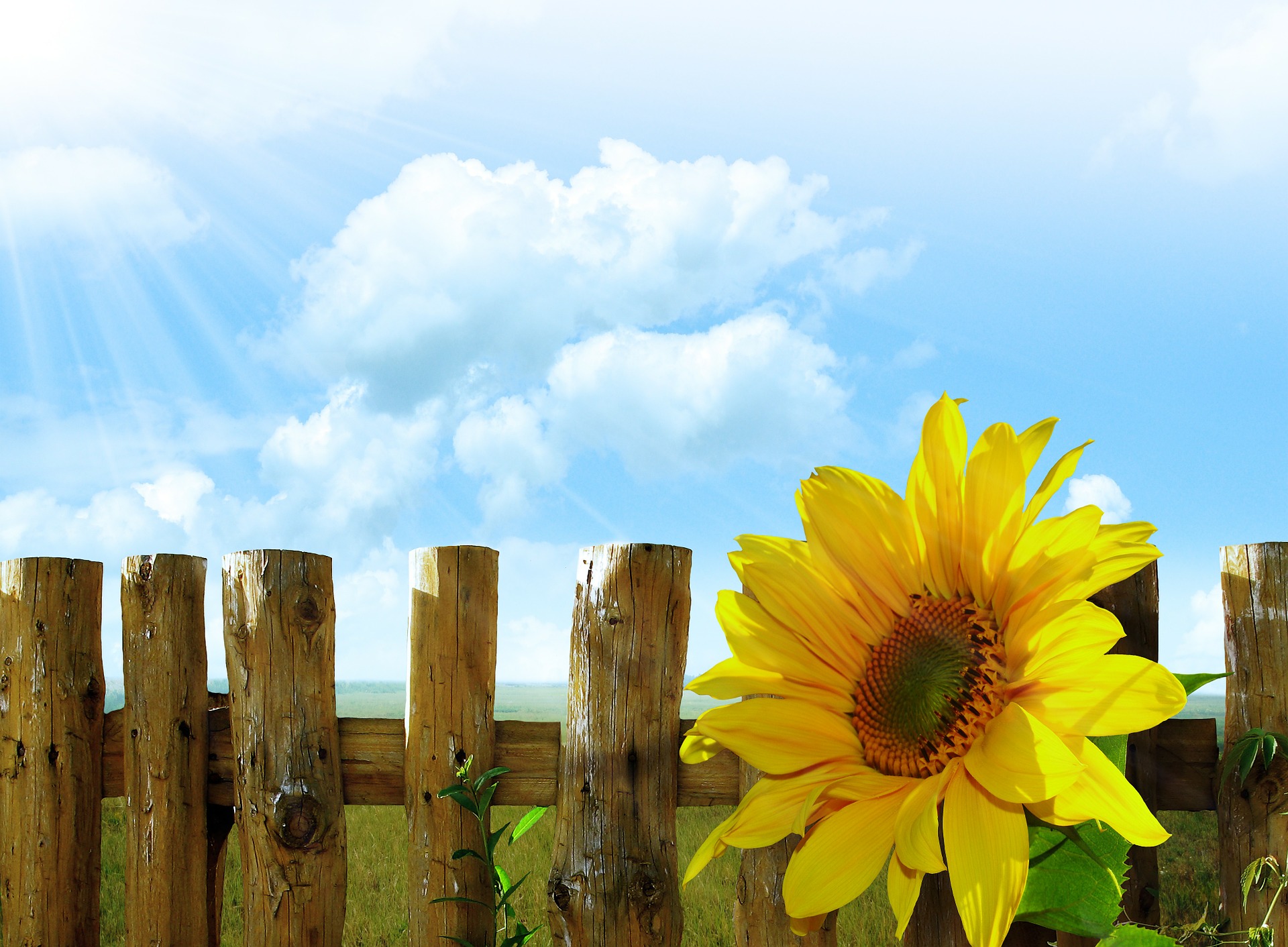Weather: Another Week Of Sunshine For Northern Ireland But Blazing Heat A Nightmare For Farmers
Northern Ireland’s livestock sector faces devastating consequences if the hosepipe ban is flouted, the head of the Ulster Farmers’ Union (UFU) has warned.
With the heatwave in set to continue this week amid sweltering temperatures, water chiefs are also worried after demand shot up by nearly a third.
- 15 tips on how to keep cool as mercury rises
- NI’s hosepipe ban: the key questions
- Today’s weather forecast
While we won’t see a return to the near record-breaking 30.5C of last Thursday, the average temperature this week is forecast to be 25C, according to the Met Office – which is still seven degrees above what is normal for early July.
But the effect on the agricultural industry could still be disastrous.
Last night the UFU called on people to support NI Water‘s call to reduce water consumption.
This will help protect resources for vital services and sectors such as agriculture, which relies on water for animal welfare and food production.
UFU president Ivor Ferguson said: “As this prolonged spell of hot weather continues, it’s essential that all farm animals have an adequate supply of water. Even a temporary shortage would have a devastating effect on animal welfare.”
And NI Water CEO Sara Venning added: “Farmers need more water at this time to ensure they can feed their livestock.
“We are asking people to heed the hosepipe ban and stop non-essential water use to ensure the sectors that need more will have it. In recent days our treatment works have been operating at near maximum levels with a 30% increase in demand.”
A hosepipe ban was introduced on Friday and the public response to it has been good, according to NI Water, which has warned that demand is still 30% higher than normal.
Customers in some areas, including parts of Lurgan and Coalisland, as well as other isolated rural high lying areas, have already experienced loss of pressure and intermittent supply failures. The hosepipe ban, for now, applies to domestic usage only. Business customers currently are not affected as it is recognised they rely on water use for their livelihood.
The horticultural sector is also facing the prospect of losing much of its business. The high temperatures are taking a toll on seasonal crops, which may see supplies of lettuce dwindle on supermarket shelves.
Expert Gareth Austin explained: “When temperatures reach above 30C one of the problems that some plants have is that they break down the sugars quicker than they can make them from sunshine.
“The overall rate of photosynthesis decreases as although there is strong sunlight, the other components required – moisture and carbon dioxide – can be in short supply.
“Lettuce being large-leaved have high moisture requirements, as their large leaf size means that they lose moisture rapidly; they need constant moisture uptake through their roots to keep them alive.
“In the current weather patterns they are simply not getting the moisture into their roots. These ongoing drought conditions are also affecting cauliflower and broccoli crops, which suit cooler climates, so the heat is playing havoc with their growth.”
A spokesman for the Met Office said: “Generally it is a case of more of the same for Northern Ireland – probably not as warm as Thursday but still in the low to mid 20s. We won’t see temperatures to match the 30.5C of last Thursday but the average temperature this week is 25C, which is still well above the normal of 18C for the start of July. It will be slightly cooler on Monday but the general advice for this week is stock up on the sunscreen because you will need it.”
However, while most of Northern Ireland enjoyed a continuation of the magnificent weather yesterday, people living west of the Bann woke up wondering where the sun had disappeared to. Some parts of the north west even experienced a few light showers – the first rain to fall in almost two weeks. Describing this as a blip, the Met Office spokesman added: “There was a lot of cloud along the north coast feeding down to Fermanagh, so not everyone saw the sunshine.
“Interestingly, the temperature along the north coast was around 14C and the highest was along the south east of the Co Down coast where it was 24C, so there was quite a difference, but everywhere will see the sunshine for the rest of the week.”
Source: belfasttelegraph.co.uk




